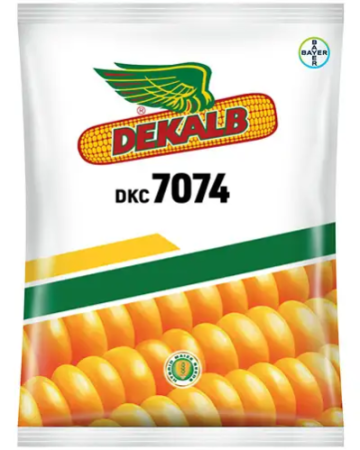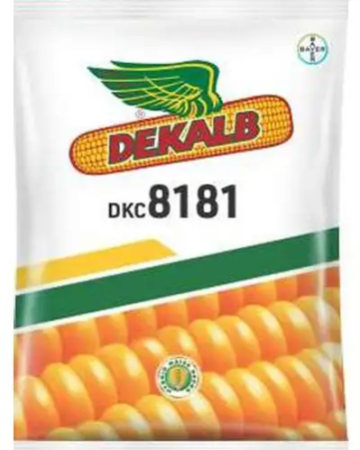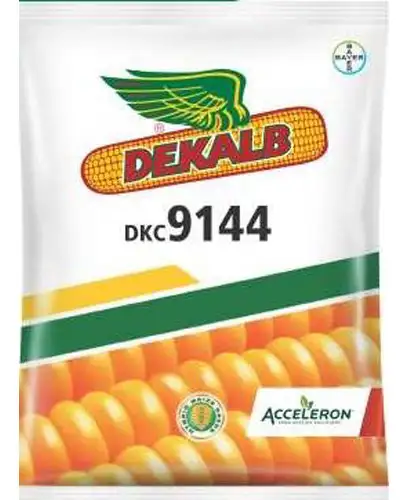Key Points for Nutrifeed Forage
-
High Biomass Yield (50% more than SSG products), Suitable for Multi-cutting
-
Drought tolerant once established
-
No risk of prussic acid poisoning and is suitable for early feeding
-
High Protein and Nutrient Value(12-16% crude protein)
-
High palatability
-
IVMD 61.3%
-
High metabolizable energy
-
Nutrifeed is tolerant to most pests and diseases and requires almost negligible investment for their control
-
Nutrifeed give disease and pest free green forage for better health of animals
-
High digestibility renders less feed quantity per animal and less forage is for cultivation
-
High nutritional fodder helps in better health of the animal
Seed rate: 3 kg per care
Agronomy & Management
Soil:
Fodder crops can be grown well on a wide range of soil types Soil pH should be 5.5 to 7.0, Avoid acidic and saline soils. Drained soils yield well.
Water & Irrigation:
Nutrifeed is tolerant to drought but should irrigate before 7 days intervals in summer and 12 days intervals in the rainy season. For better palatability crop should be with high moisture. Sufficient irrigation will boost the healthy and expected bio-mass yield in forage crops.
Sowings:
Although Nutrifeed is comparatively easy to establish, prepare a good seedbed for good germination and root development. Where irrigation is available, the better establishment will be obtained by pre-watering and sowing into moisture, rather than watering after sowing. Sowing depth 3cm to 5 cm with soil covering for compaction Row to Row Spacing is 30 cm and Plant to Plant is 25 cm
Sowing Type:
Ridges & Furrows:
For staggered sowing, harvesting, irrigation, and fertigation ridges and furrows method are very successful to get high yield and high-quality fodder.
Blocks Method:
Blocks method is another successful method in forage cultivation. Farmer can harvest the fodder as per in requirement and irrigate the same block.
Sowing Time:
Spring - Feb to April
Kharif - May to August
Rabi (Central India and South India only) - September to October
.jpg)



 Advanta
Advanta 
.jpg)



